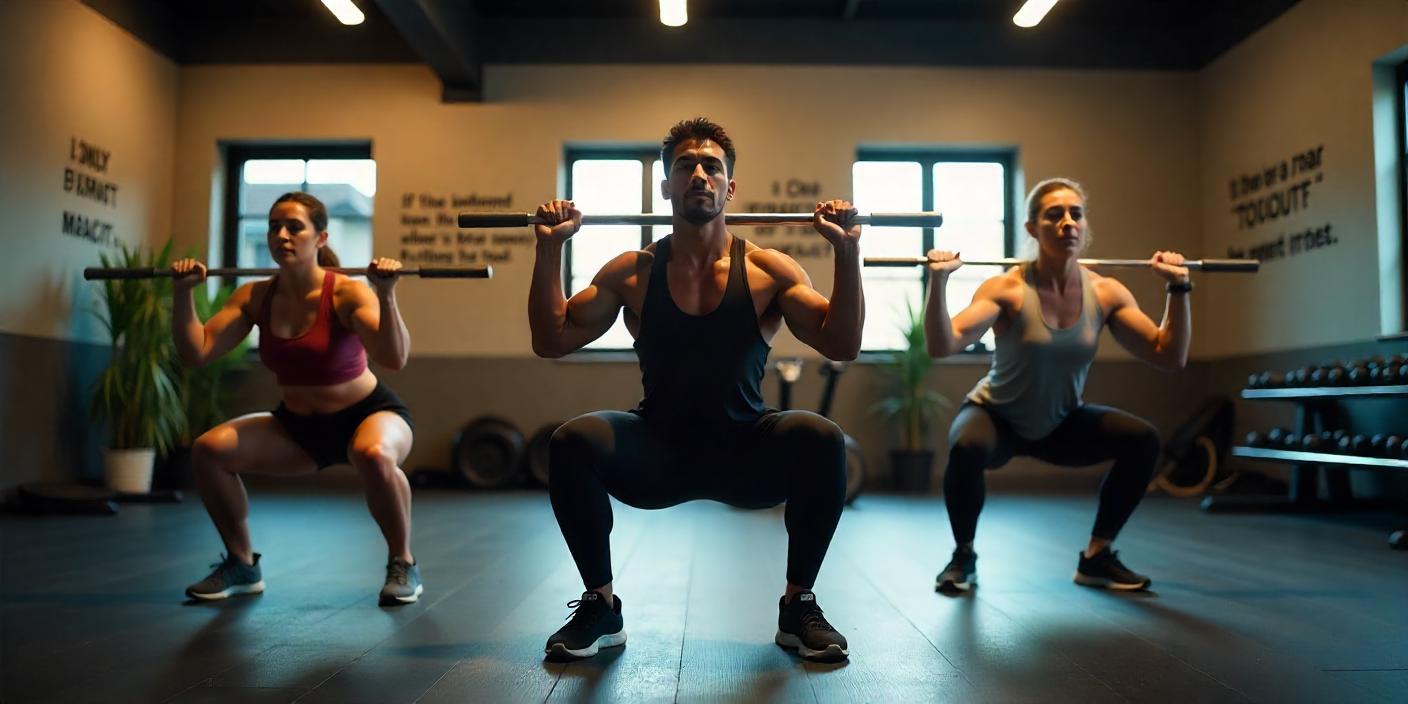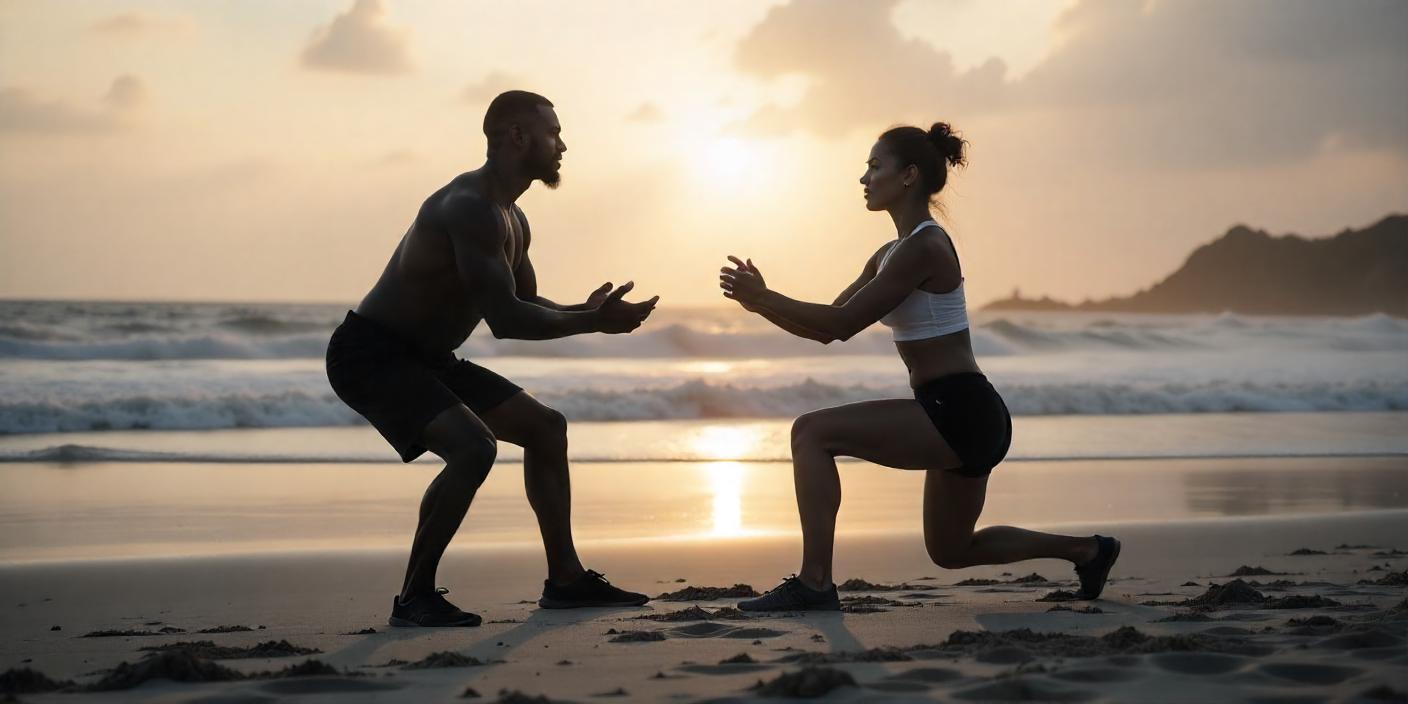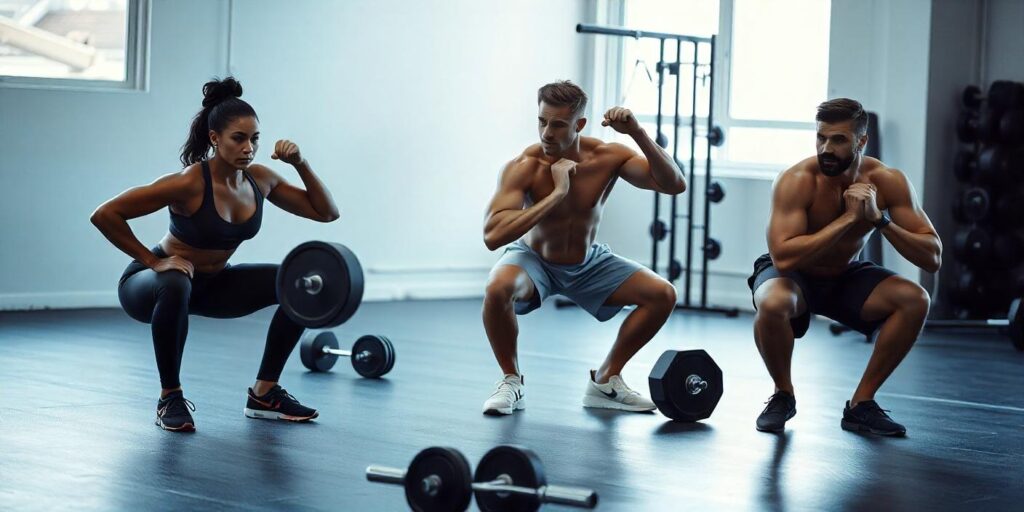How many calories do bodybuilders on prep eat? Can 100 bodyweight squats build strength? The truth revealed about calorie intake, macronutrient strategies, and effective strength-building tips.
When it comes to building strength, we often think of heavy weights, machines, or specialized equipment. But what if we told you that you could achieve impressive strength gains with just your own bodyweight? Specifically, can 100 bodyweight squats build strength? Let’s dive into this question and uncover the truth behind this simple yet effective exercise.
The Power of Bodyweight Training
Before we explore whether 100 bodyweight squats can build strength, let’s first discuss bodyweight training itself. Bodyweight exercises involve using your body’s weight to create resistance during a workout. These exercises are not only accessible but also incredibly versatile. Push-ups, planks, lunges, and squats are all examples of bodyweight exercises that can help you build functional strength.
What makes bodyweight exercises so effective is their ability to engage multiple muscle groups at once, promote balance, stability, and endurance, and improve overall body coordination. Best of all, you don’t need any fancy equipment to perform them. But can 100 bodyweight squats build strength? Let’s break this down.

Understanding the Squat: More Than Just a Leg Exercise
At first glance, squats might seem like a simple lower-body exercise that targets the quadriceps, hamstrings, and glutes. But they’re actually a full-body movement. When performed correctly, squats engage your core, back, and even your arms for stabilization, making them one of the most efficient exercises for building overall strength.
However, the impact of 100 bodyweight squats on your strength depends on various factors, such as your current fitness level, the form in which you perform them, and the training goals you have in mind.
Can 100 Bodyweight Squats Build Strength for Beginners?
For beginners, 100 bodyweight squats can indeed lead to significant improvements in strength, especially in the lower body. If you’re new to exercise, your muscles are likely undertrained, meaning that even the simplest movements can provide a strength-building stimulus. When you start performing squats, your body will adapt by recruiting more muscle fibers, strengthening the quads, hamstrings, glutes, and core, which can contribute to enhanced strength over time.
As you continue to build strength with 100 bodyweight squats, you’ll notice that your legs become stronger, your balance improves, and you can move with more confidence in everyday activities. The key to maximizing the benefits of 100 bodyweight squats is consistency. Perform them regularly, and you’ll see noticeable gains.
Can 100 Bodyweight Squats Build Strength for Intermediate Athletes?
If you’ve been exercising for a while, 100 bodyweight squats may still have benefits, but the effects on strength might not be as dramatic. Intermediate athletes who have already developed a baseline level of strength and endurance may find 100 bodyweight squats to be more of an endurance challenge than a strength-building one.
At this stage, your muscles are likely accustomed to squatting, so performing 100 bodyweight squats without additional resistance or modifications might not provide the same intensity or challenge you need to continue building strength. In fact, for intermediate athletes, it’s essential to increase the intensity of their workouts in order to build strength further. This could mean increasing the number of sets, incorporating variations such as jump squats, Bulgarian split squats, or adding resistance through dumbbells or resistance bands.

Can 100 Bodyweight Squats Build Strength for Advanced Lifters?
For advanced lifters, 100 bodyweight squats likely won’t provide much of a challenge in terms of building strength. These individuals have already developed a high level of strength and power, so bodyweight exercises alone may not suffice. Advanced lifters often incorporate heavy compound movements such as barbell squats, deadlifts, and lunges into their routines to continue progressing.
However, advanced lifters can still use 100 bodyweight squats in their training in a variety of ways. For example, using 100 squats as part of a high-intensity interval training (HIIT) session can help improve muscular endurance, cardiovascular fitness, and promote fat loss. It’s not that 100 squats can’t contribute to strength development, but they may need to be paired with other challenging exercises to achieve significant strength gains for more advanced individuals.
Building Strength with Proper Form
One of the most important elements of any exercise, especially bodyweight squats, is form. If you’re performing squats with poor technique, not only will you fail to build strength effectively, but you might also risk injury. To maximize the effectiveness of 100 bodyweight squats, it’s essential to maintain good form:
- Feet Position: Place your feet shoulder-width apart with toes slightly pointing outward.
- Knees and Hips: Lower your body as if you’re sitting in a chair. Make sure your knees track over your toes without collapsing inward.
- Back Alignment: Keep your back straight and chest lifted throughout the movement. Avoid rounding your back to prevent unnecessary strain on your spine.
- Depth: Aim to squat low enough so that your thighs are parallel to the ground, or go deeper if your mobility allows. The deeper you go, the more muscles you’ll engage.
If you’re performing 100 bodyweight squats, focus on maintaining perfect form throughout the entire set. As you fatigue, it’s easy for your form to slip, which can reduce the effectiveness of the exercise and increase the risk of injury.

The Role of Progressive Overload
To truly build strength, progressive overload is a key principle. This means gradually increasing the intensity of your workouts over time to continue challenging your muscles. While 100 bodyweight squats can provide strength benefits for beginners, as you progress, you will need to increase the difficulty of your exercises to continue building strength.
For example, you can start adding variations such as jump squats, single-leg squats, or pistol squats. You can also increase the number of sets you perform or add resistance in the form of a weighted vest or a barbell. Progressive overload is essential for continual strength gains, and 100 bodyweight squats alone may not be enough as your strength improves.
The Benefits of 100 Bodyweight Squats
Even if 100 bodyweight squats aren’t the most challenging option for building strength in advanced athletes, they still provide numerous benefits. Here are a few:
- Improved Lower Body Strength: Squats are a foundational exercise that targets the quads, hamstrings, glutes, and calves. Performing 100 squats can help strengthen these muscles over time.
- Enhanced Core Stability: Your core is engaged throughout the squat, which helps improve your balance and stability.
- Increased Flexibility and Mobility: Regular squatting can help improve hip and ankle flexibility, which is essential for proper movement patterns.
- Better Posture: By strengthening the muscles in your core and lower body, squats contribute to better posture and spinal alignment.
Can 100 Bodyweight Squats Build Strength? Final Thoughts
So, can 100 bodyweight squats build strength? The answer depends on your current fitness level and goals. For beginners, 100 squats can be an excellent way to build strength and endurance, especially in the lower body. Intermediate athletes might find 100 squats more useful for endurance training, and advanced lifters may need to add variations or resistance to achieve strength gains.
Regardless of where you fall in your fitness journey, squats are a powerful tool that can contribute to overall strength, flexibility, and fitness when performed regularly and with proper form.



